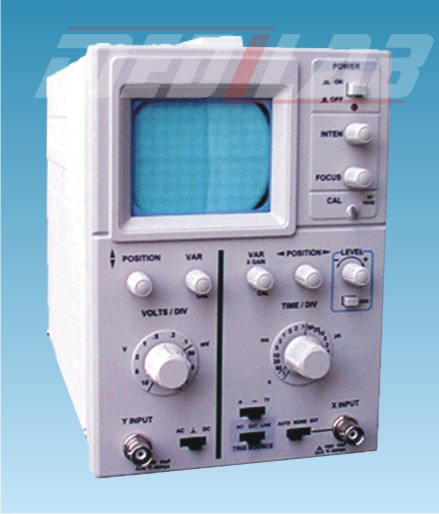Description
An oscilloscope, also known as a scope or an O-scope, is a scientific instrument used to graphically display and measure the voltage and frequency of electronic signals. It is a key tool in electronics engineering, telecommunications, and other fields that deal with electronic signals.
The oscilloscope consists of a cathode-ray tube (CRT) or a liquid crystal display (LCD) screen, and an input system that allows it to display and measure electronic signals. The input system includes probes, which are connected to the electronic signal being measured, and a vertical amplifier, which amplifies the signal and displays it on the screen.
The oscilloscope can be used to display various types of signals, including DC, AC, and pulsed signals, as well as waveforms, such as sine waves, square waves, and sawtooth waves. It can also display various parameters of the signal, such as frequency, amplitude, and phase shift.
Oscilloscopes are available in both analog and digital formats. Analog oscilloscopes use an electron beam to display the signal on a CRT screen, while digital oscilloscopes use digital signal processing (DSP) to display the signal on an LCD screen.
Oscilloscopes are widely used in electronics engineering, telecommunications, and other fields to analyze and troubleshoot electronic circuits and signals. They are essential for measuring and analyzing electronic signals in real-time and for detecting problems with electronic circuits and devices.







